Reading Comprehension Teaching Resources
Explore printable worksheets, digital activities and more to teach reading comprehension strategies and skills in your elementary classroom. Created by teachers, for teachers, the teaching resources in this collection are curriculum-aligned and have undergone a careful review by a member of our expert teaching team.
You'll find editable versions to easily differentiate your instruction for individual students, plus a variety of options to make lesson planning easier this school year so your students will be able to identify the main idea of a text, draw inferences, remember key details and more.
New to teaching this portion of the English curriculum or just looking for fresh and engaging ways to teach reading comprehension strategies? Read on for a primer from our teacher team!
What Is Reading Comprehension?
We'll start at the beginning! Reading comprehension is a skill that's hard to overestimate in terms of its importance for elementary students to develop.
Defined as the ability to understand and interpret written language, reading comprehension involves the process of decoding text, extracting meaning from it, and then integrating that meaning with prior knowledge and understanding.
Not only does comprehension comprise the ability to recognize and understand individual words, but it also involves the ability to recognize patterns and relationships within sentences and paragraphs.
On top of that is the ability to make inferences and draw conclusions based on the information presented.
Yes, there's a lot packed in there!

How to Teach Reading Comprehension
To develop reading comprehension, students need a variety of language skills such as vocabulary knowledge, grammar and syntax, as well as cognitive processes such as attention, memory and critical thinking.
So how do you teach reading comprehension? Like many of those foundational skills we teach in elementary grades, this isn't something kids learn in a single lesson, unit or even one school year.
Teaching reading comprehension is going to stretch from kindergarten and first grade all the way through the rest of a child's academic career (at least on the pre-college levels).
That said, here are some activities to make use of as you approach teaching reading comprehension as an elementary teacher:
- Pre-Reading Activities — Brainstorming, KWL charts, prediction exercises and other "pre-reading" activities will help your students activate their prior knowledge, build background knowledge and set a purpose for reading. These are all key to developing their comprehension.
- During-Reading Strategies — Teaching your students to ask questions, summarize, visualize and make connections will give students the know-how they need to monitor their comprehension as they read.
- Post-Reading Activities — Reading comprehension doesn't stop when kids get to the last page of a text. It's only just beginning. That's why it's important to make sure your lesson plans include activities that help students deepen their understanding of the text and develop critical thinking skills. Examples of post-reading activities that can help build these skills include discussions, debates and written responses.
- Free Plan
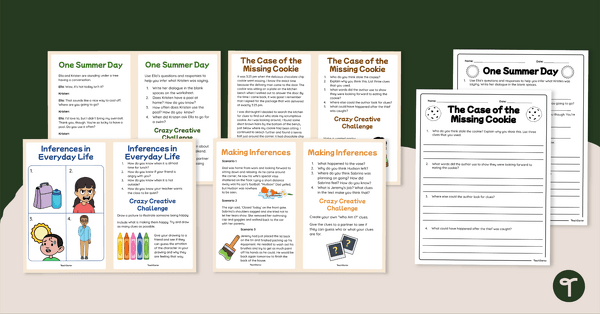
Drawing Conclusions and Making Inferences – Comprehension Task Cards
Use this set of comprehension task cards with your students to help them draw conclusions and make inferences when reading.
- Free Plan
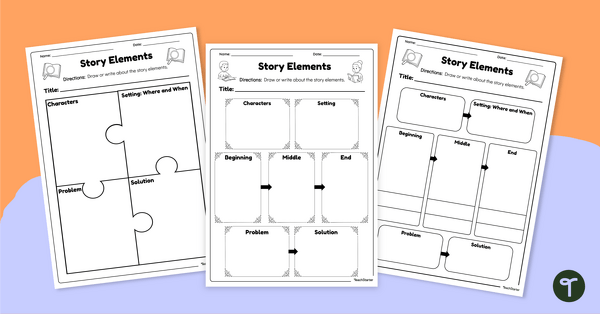
Story Elements Graphic Organizers – Portrait
Encourage your students to write and draw about various story elements with this set of differentiated graphic organizers.
- Free Plan
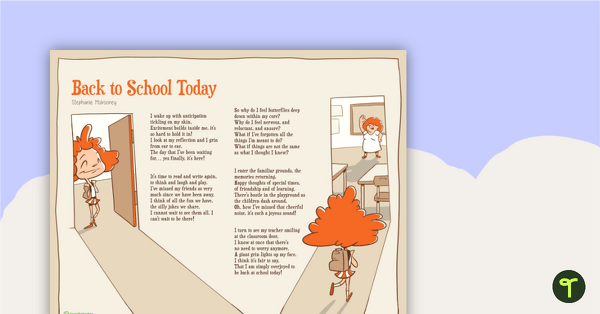
Back to School Today! Poem for Kids
Ease back-to-school jitters and launch your students into a love of poetry with a short poem for kids written just for the first day of school!
- Free Plan
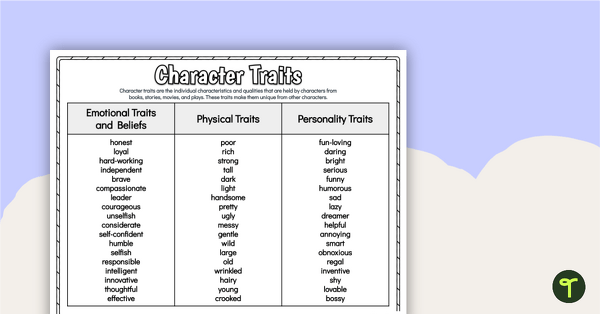
Free Character Traits List
Teach your students to analyze characters more effectively by providing them with a list of character traits.
- Free Plan
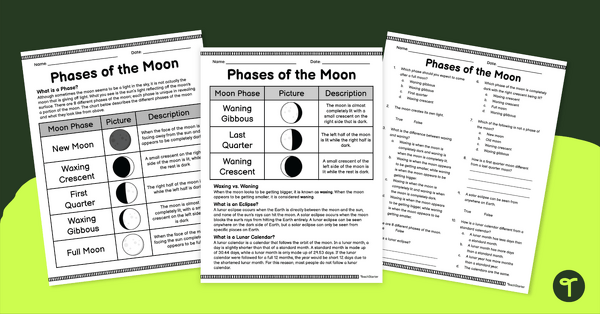
Phases of the Moon – Comprehension Worksheet
Analyze different moon phases and how their visual appearances change over time with this reading comprehension worksheet.
- Free Plan
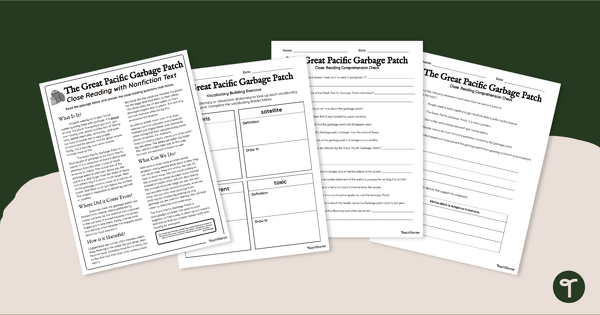
Comprehension Worksheets - The Great Pacific Garbage Patch
Read and learn about the Great Pacific Garbage Patch with a reading comprehension passage and worksheet pack.
- Free Plan

Paired Passage Worksheets-Mammals vs. Reptiles
Compare mammals vs. reptiles and add to your reading instruction with leveled nonfiction, compare and contrast passages, and worksheets.
- Free Plan
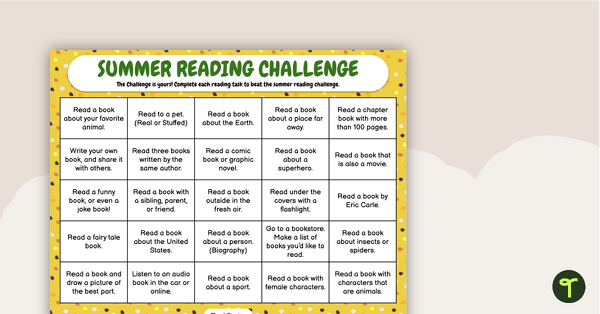
Summer Reading Challenge Calendar
Inspire your students to read during the summer with a versatile reading challenge.
- Plus Plan
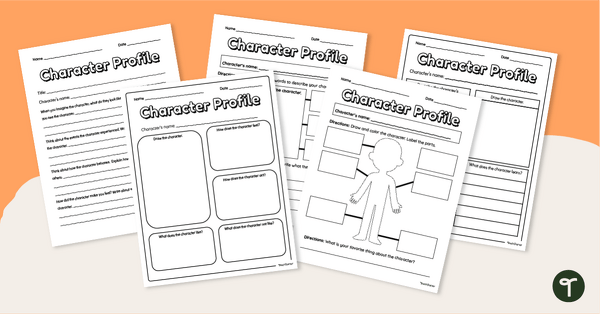
Character Profile Template Pack
Explore the personality, appearance, feelings and actions of a character with printable character profile templates.
- Free Plan
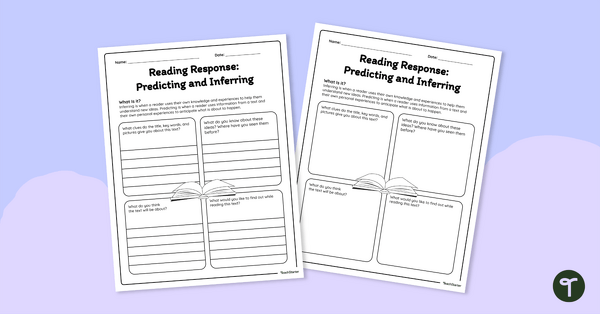
Reading Response Template – Inferring and Predicting
Guide your students to make inferences and predictions with a piece of text using the one-page template.
- Free Plan
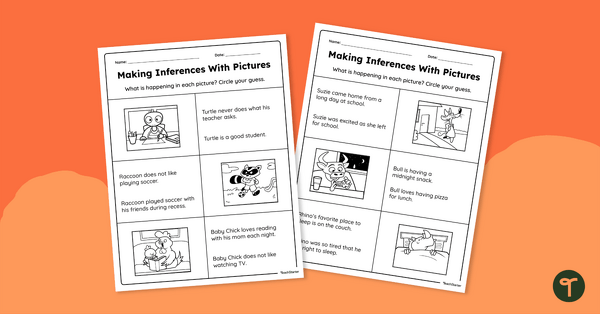
Making Inferences With Pictures Worksheet
Guide your students to use pictures to make inferences with this reading worksheet.
- Free Plan
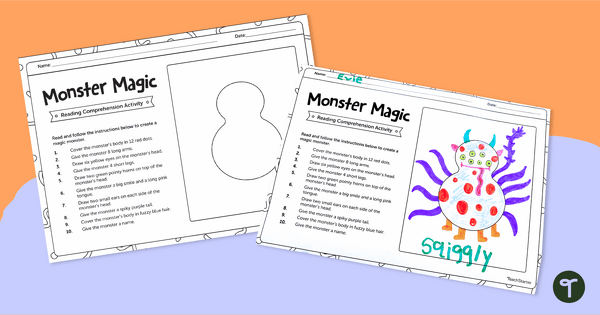
How to Make a Monster Reading Comprehension Activity
Read and comprehend a set of instructions to create a magical monster!
- Plus Plan
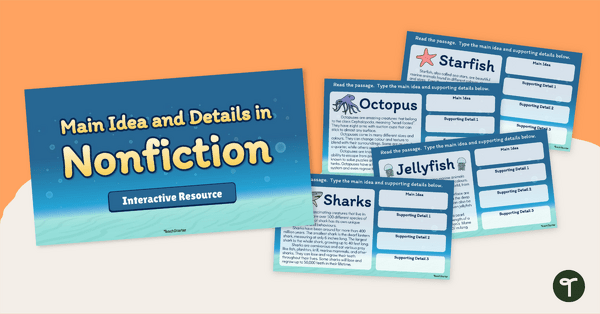
Main Idea and Details in Nonfiction - Interactive Activity
Help your students easily find the main idea and support details in a nonfiction text with this interactive activity.
- Free Plan
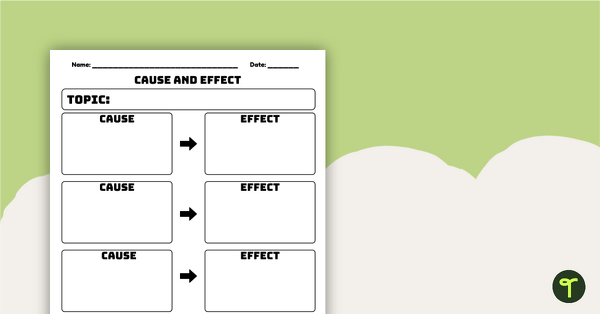
Free Cause and Effect Graphic Organizer
Practice identifying cause and effect with a blank cause and effect graphic organizer.
- Free Plan
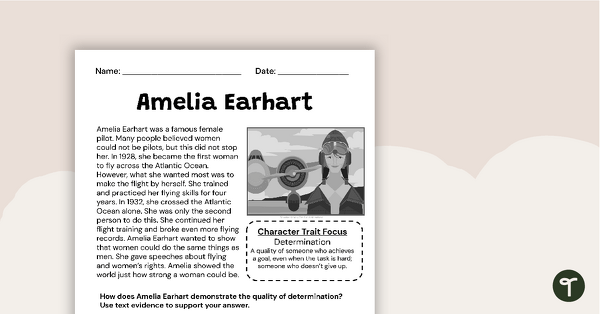
Amelia Earhart Constructed Response Worksheet
Use this passage, second grade writing prompt, and worksheet to help students write a constructed response paragraph about Amelia Earhart.
- Free Plan
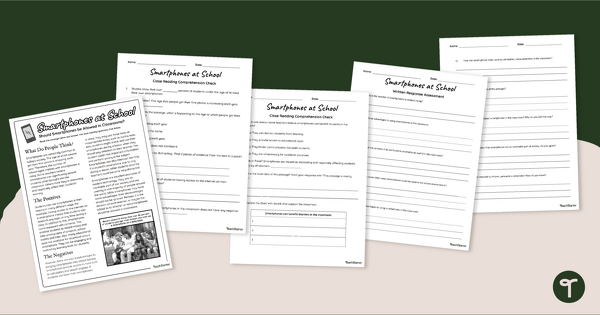
Should Smartphones Be Allowed in Class? Comprehension Worksheets
Decide if cellphones should be allowed in class and boost comprehension skills with a reading passage and comprehension test.
- Free Plan
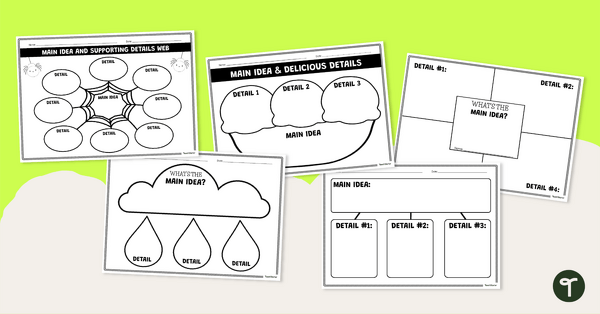
Finding the Main Idea - Graphic Organizer Templates
Teach students how to find the main idea of a text using one of these one-page graphic organizers.
- Free Plan
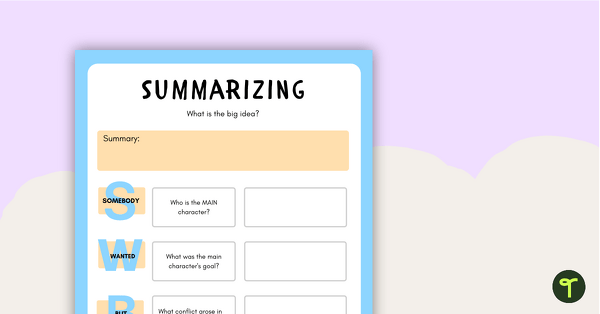
S.W.B.S.T. Summarizing Graphic Organizer
Use this printable SWBST strategy graphic organizer with students to write a summary for a fictional piece of text.
- Free Plan
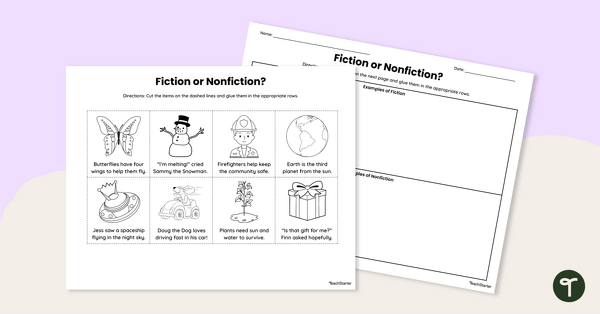
Fiction or Nonfiction? Cut and Paste Worksheet
Use this fiction and nonfiction worksheet when teaching your students about the differences between fiction and nonfiction texts.
- Free Plan
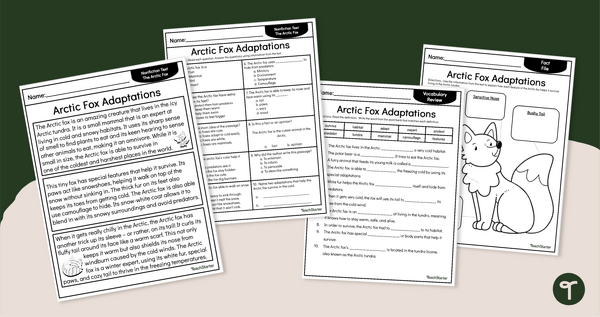
Arctic Fox Adaptations - Free Comprehension Worksheet
Read and learn about Arctic fox adaptations with a set of printable Reading Comprehension Worksheets for 2nd and 3rd grade.
- Plus Plan
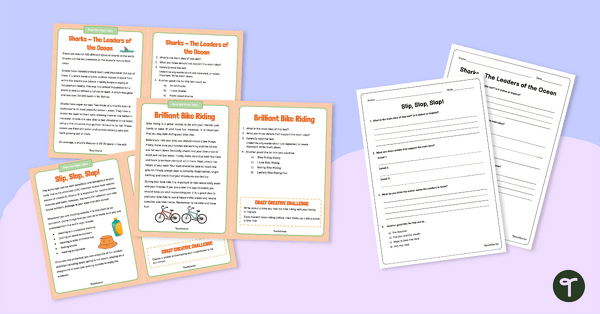
Comprehension Task Cards - Finding The Main Idea
A set of comprehension task cards to help students find the main idea when reading.
- Free Plan
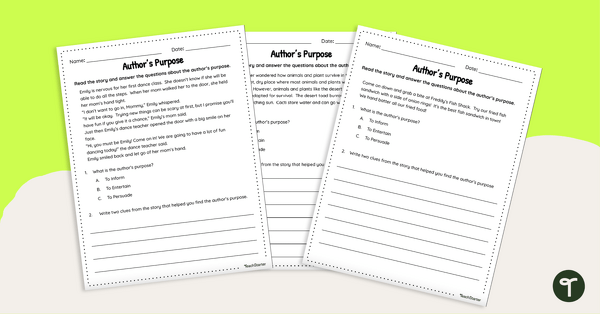
Free Author's Purpose Worksheets
Assess reading comprehension by reviewing 3 short passages and answering questions about the author's purpose.
- Plus Plan
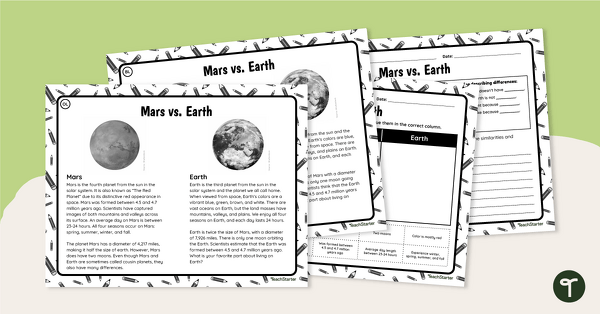
Mars vs. Earth - Differentiated Paired Passage Worksheets
Learn about the planets with differentiated compare and contrast passages, activities, and writing opportunities.
- Free Plan
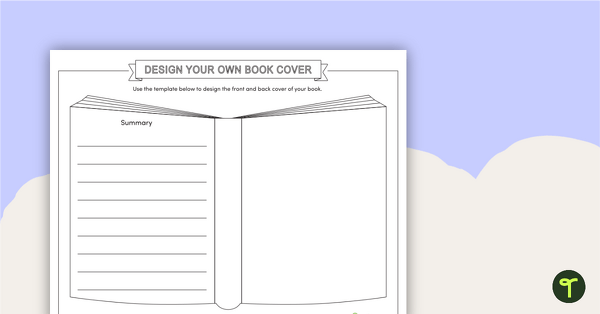
Design Your Own Book Cover Worksheet
Design a new book cover and summarise a book using this one-page, printable template.
- Free Plan
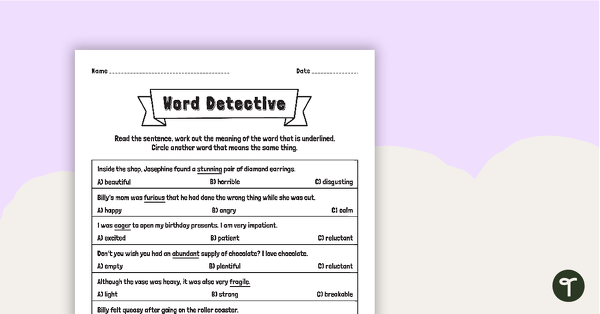
Finding Word Meaning In Context - Word Detective Worksheet
A teaching resource to help teach your students how to find word meaning in context.
- Free Plan
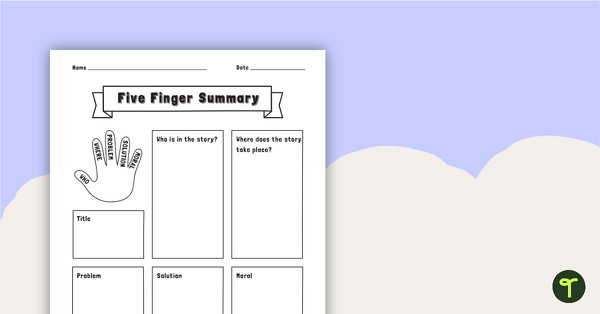
Five Finger Summary - Graphic Organizer
A graphic organizer for students to use to summarize a fiction text.
- Free Plan
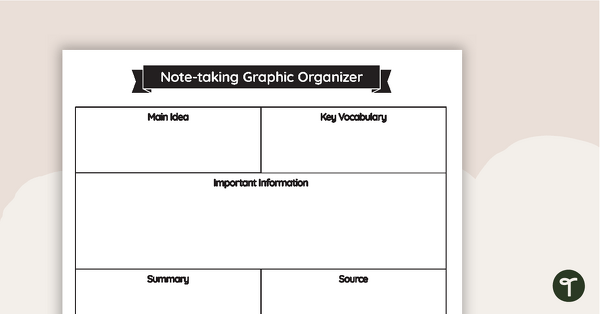
Note-taking Graphic Organizer
A graphic organizer for students to use when taking notes.
- Free Plan
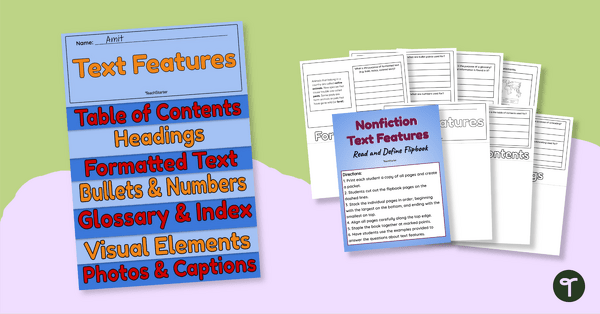
Nonfiction Text Features Flipbook – Read and Define
Use this text features flipbook as a reading center activity to teach your students about the purpose of text features in nonfiction books.
- Free Plan

Making Inferences – Birthday Activity
Teach your students how to make inferences with this birthday invitation activity.
- Free Plan
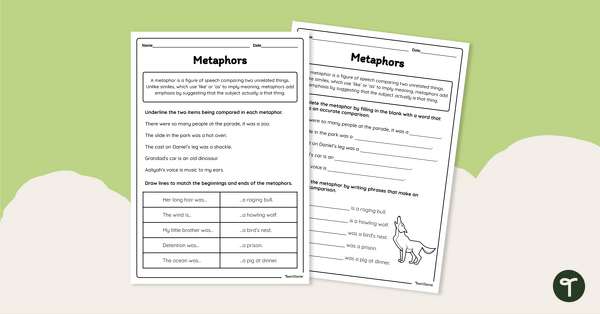
Metaphors Worksheet
Practice identifying and using metaphors with this differentiated metaphors worksheet.
- Free Plan
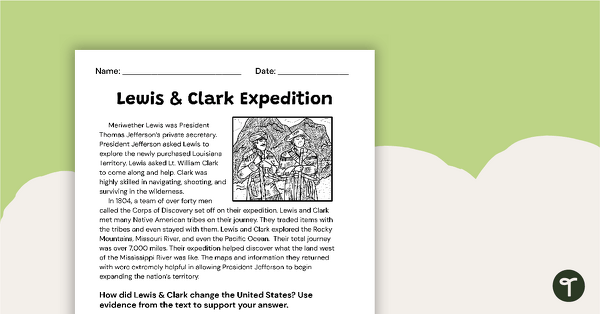
Lewis and Clark Expedition - RACES Writing Strategy Worksheets
Practice using the RACES writing strategy for text evidence with a Lewis and Clark Passage, graphic organizer, and worksheet.
- Free Plan
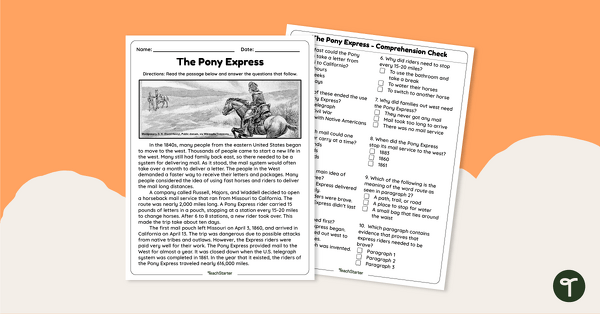
The Pony Express - Comprehension Passage Worksheet
Teach your students how to write a constructed response paragraph and integrate grade level Social studies concepts with a free Pony Express worksheet and ten-question comprehension assessment.
- Reading Comprehension Worksheets
- Reading Comprehension Templates
- Reading Comprehension Posters
- Reading Comprehension Games
- Reading Comprehension for Pre-K
- Reading Comprehension for Kindergarten
- Reading Comprehension for 1st Grade
- Reading Comprehension for 2nd Grade
- Reading Comprehension for 3rd Grade
- Reading Comprehension for 4th Grade
- Reading Comprehension for 5th Grade
- Reading Comprehension for 6th Grade
- Reading Comprehension for 7th Grade